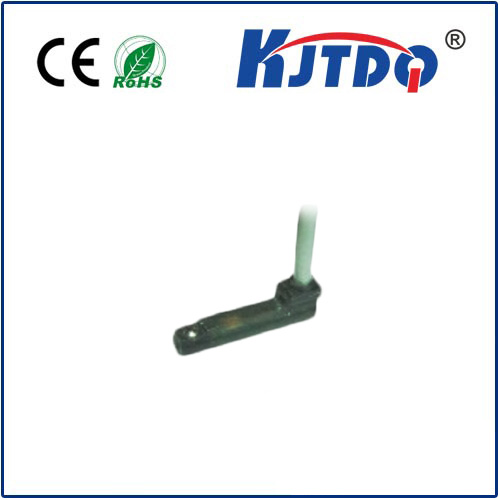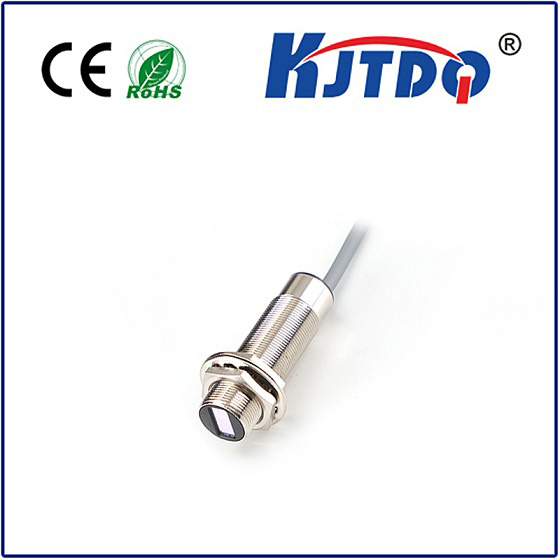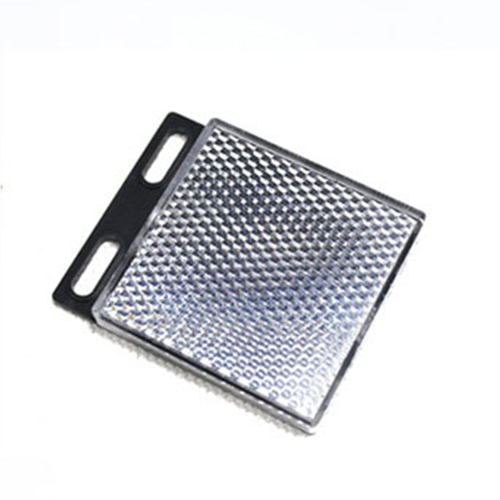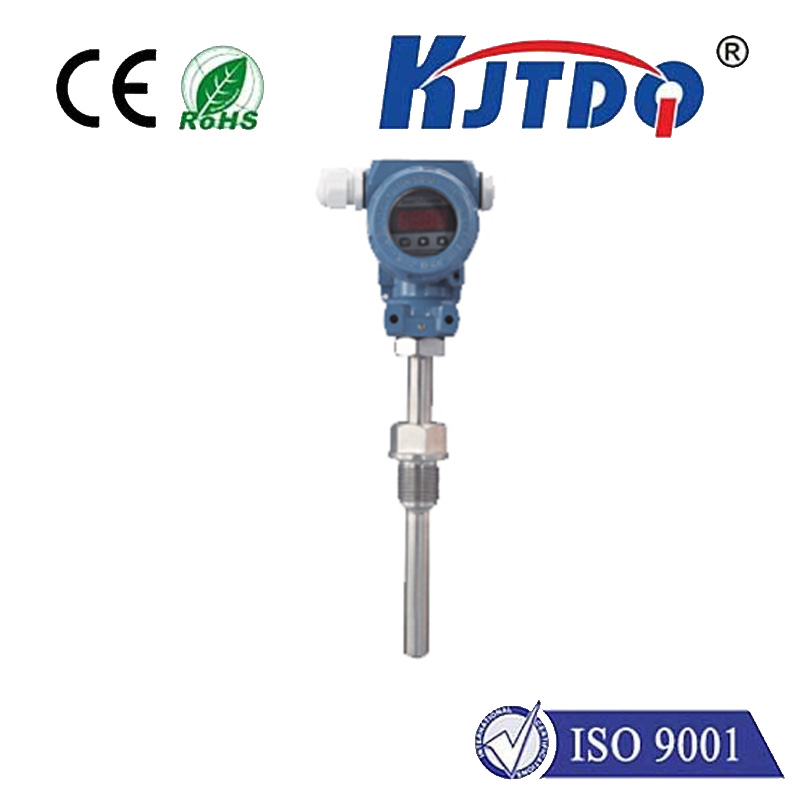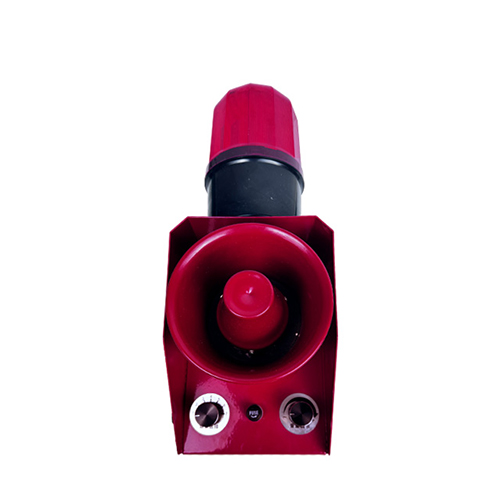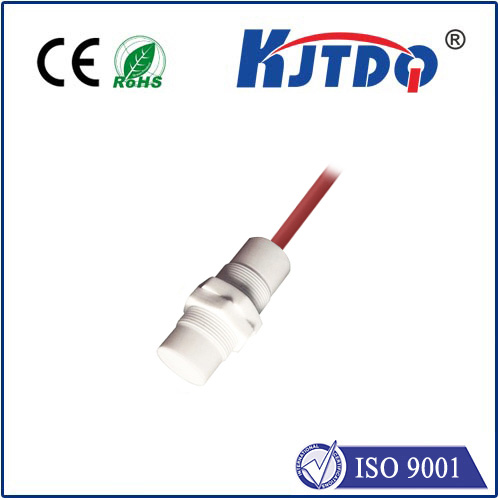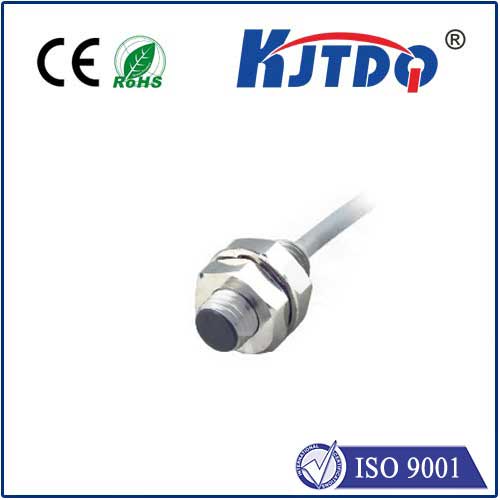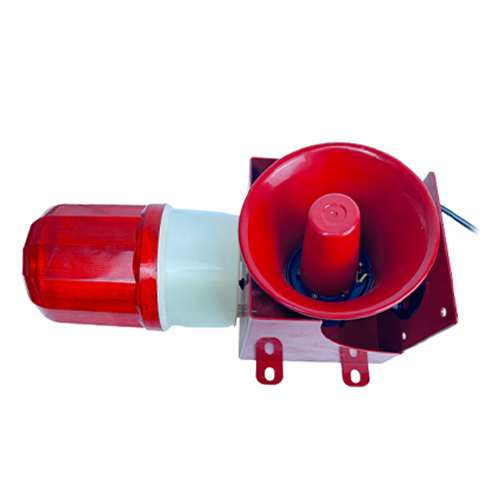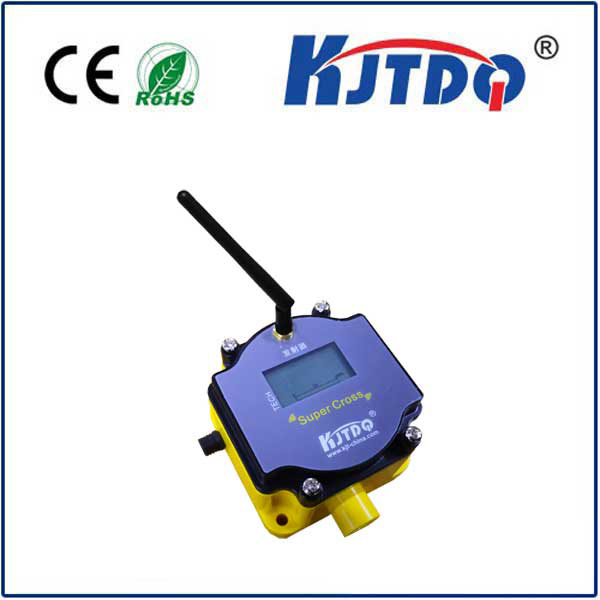

check

check

check

check

check

check

check

check

check

check
The Ideal Photoelectric Sensor: A Revolution in Sensing Technology
In today's fast-paced world, technology plays an integral role in our lives. From smartphones to smart homes, we are surrounded by devices that make our lives easier and more convenient. One such device is the photoelectric sensor, which has revolutionized the way we interact with technology. The ideal photoelectric sensor is a perfect example of how this technology is transforming the industry.

A photoelectric sensor is a device that detects light or other electromagnetic radiation and converts it into an electrical signal. This signal can then be processed by other electronic devices to perform various functions. The ideal photoelectric sensor is designed to provide accurate and reliable detection of light or other electromagnetic radiation, making it an essential component in many industries, including manufacturing, healthcare, and transportation.
One of the most significant advantages of the ideal photoelectric sensor is its ability to detect objects without physical contact. This means that the sensor can be used in situations where traditional sensors may not be suitable or practical. For example, in the automotive industry, photoelectric sensors are used to detect objects on the road, enabling vehicles to react quickly and avoid potential accidents. In the medical field, these sensors can be used to monitor patient vital signs without any discomfort or invasive procedures.
Another benefit of the ideal photoelectric sensor is its high level of sensitivity. These sensors are capable of detecting even the slightest changes in light intensity or color, making them ideal for use in quality control processes. For example, in the food industry, photoelectric sensors can detect defects or foreign objects in products before they reach consumers. In the textile industry, these sensors can help ensure that colors and patterns are consistent across different batches of fabric.
The ideal photoelectric sensor also offers excellent durability and longevity. These sensors are designed to withstand harsh environments and operate for extended periods without requiring maintenance or replacement. This makes them an excellent choice for applications where reliability and durability are critical. For example, in industrial settings, photoelectric sensors can be used to monitor equipment performance and detect potential issues before they become significant problems.
In conclusion, the ideal photoelectric sensor is a game-changer in the world of sensing technology. Its ability to detect objects without physical contact, high level of sensitivity, and excellent durability make it a versatile tool for various industries. As technology continues to advance, we can expect to see even more innovative uses for photoelectric sensors in the future.
